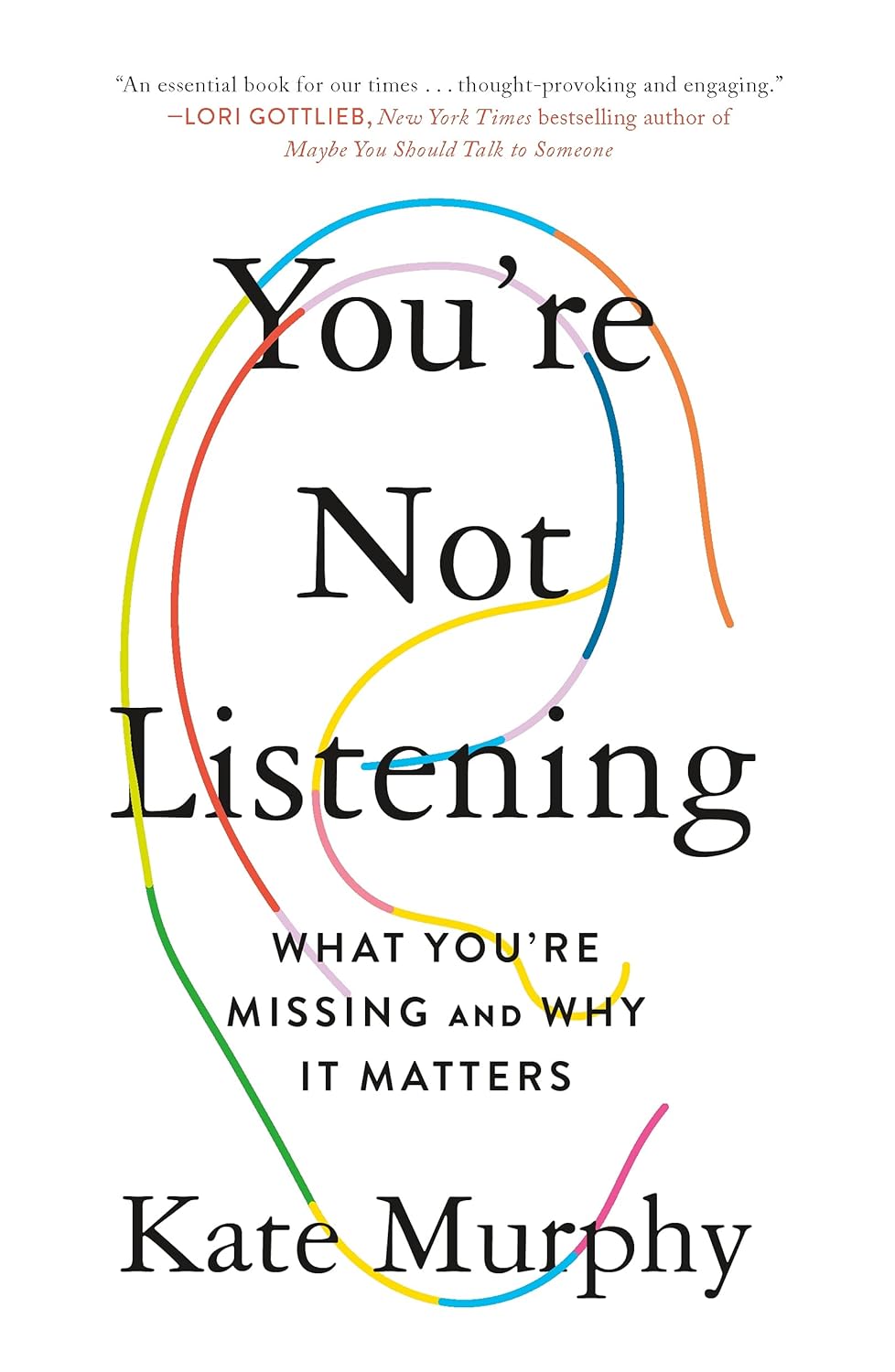Carbon Negative Diamonds? New Tech Pushing Lab-Grown Brands Beyond Neutral
Carbon Negative Diamonds? New Tech Pushing Lab-Grown Brands Beyond Neutral
Let’s be real for a second—when did “carbon negative” become a buzzword on par with “organic” or “handcrafted”? It's splashed across sustainability reports, whispered in innovation forums, and now—quite surprisingly—it's making waves in the diamond world.
Yes, lab grown diamonds aren’t just shaking off the mining dust; they’re flipping the entire narrative. Because it’s not just about being eco-friendlier anymore. Some brands are aiming for something far bolder: going carbon negative.
Not neutral. Negative. That means not only doing less harm but actively removing carbon from the atmosphere—essentially erasing part of our climate debt while looking fabulous doing it.
Too good to be true? Maybe. But let’s unpack it.
Wait… Carbon Negative Diamonds? That’s a Thing Now?
You heard it right. A growing number of lab-grown diamond companies are moving past the whole “we’re cleaner than mined diamonds” shtick. They’re now saying, “We’re actually helping fix the planet.”
How? Through a combo of smart tech, renewable energy, and carbon-capture systems that sound like they came out of a sci-fi pitch meeting. Take companies like Aether or Diamond Foundry. They claim their lab-grown gems are not just low-impact—they’re produced using carbon extracted directly from the atmosphere.
No mining. No destructive blasting. Just pure sparkle born from CO₂ pulled out of thin air.
Now, does that mean every lab diamond ring on the market is a carbon sink? Not quite. There’s nuance. And marketing. Lots of marketing. But some brands? They’re walking the talk.
What’s the Science Behind It?
Let me explain—without turning it into a PhD lecture.
To make a lab-grown diamond, you need carbon. That carbon is typically sourced from fossil fuels or other industrial feedstocks. But carbon-negative startups are flipping the script. Instead of taking carbon from below the earth’s surface, they capture it from above—literally sucking CO₂ out of the atmosphere using Direct Air Capture (DAC) tech.
That CO₂ is then converted into a methane-like gas and fed into a Chemical Vapor Deposition (CVD) chamber. Inside, under extreme heat and pressure, it forms the diamond layer by layer—like a cake made of crystal and light.
The end result? A glittering rock with an origin story that could rival any romance novel.
So, What’s the Catch?
There’s always a catch, right?
Well, yes and no. The main caveat is that this process isn’t cheap. The tech is cutting-edge, and the infrastructure is massive. Also, carbon-negative diamonds are still niche—kind of like oat milk was five years ago. Not everyone’s offering them, and not all brands are transparent about their process.
And while it's tempting to imagine every lab grown diamond sold online as a little carbon vacuum in ring form, reality’s a bit more grounded.
Still, the direction is promising. And here’s why that matters.
Why Should You Care? (Besides the Obvious)
Honestly, if you’re someone who wants their purchases to mean something—this is huge.
Traditional mined diamonds? They can come with a murky past. Environmental destruction, community displacement, exploitative labor—you name it. Even some lab-grown diamonds rely on fossil-fuel-heavy grids, especially in countries where renewables aren’t the norm.
But carbon-negative diamonds? They represent a leap forward. Not just for sustainability, but for storytelling. When you buy lab grown diamonds that actually help pull carbon out of the sky, you’re not just investing in jewelry. You’re voting with your wallet.
And you’re saying: I care. About beauty, yes—but also about what it stands for.
Can a Ring Really Be That Impactful?
Let’s do a little thought experiment. Imagine a lab diamond ring that not only avoided the environmental destruction of mining but also removed the carbon equivalent of a short-haul flight. One tiny rock, doing the work of a baby tree. It might sound like a stretch—but some carbon-negative brands are making this their baseline.
Of course, it’s not all about climate math. Jewelry is emotional. A ring marks a moment—a “yes,” a “forever,” a promise. The fact that your diamond also contributed to a cleaner future? That’s just a stunning bonus.
Besides, we’re living in a time when small choices feel heavy. And meaningful. If you can look down at your hand and think, “I did good,” why wouldn’t you?
Let’s Talk Tech: How Carbon Gets Turned into Sparkle
Okay, back to the tech, just for a minute. Because it’s weirdly fascinating.
The core process is CVD, which sounds clinical but is actually kind of beautiful. Think of it like this: a microscopic diamond seed is placed in a chamber filled with superheated gas (the carbon-rich air we talked about earlier). The carbon atoms start stacking on the seed, layer by layer, growing into a crystal that’s chemically identical to a mined diamond.
The carbon source? That’s where the magic happens.
Some startups are using carbon capture from industrial emissions—taking smoke from factories and turning it into gems. Others are investing in DAC systems, which work like giant air purifiers. Either way, the result is a lab grown diamond that’s born of technology, not geology.
And yes—it sparkles just the same.
But What About the Energy?
Fair question. Because growing diamonds still uses power. A lot of it.
That’s why the brands leading this carbon-negative charge are also doubling down on renewable energy. Solar-powered labs. Hydroelectric-powered production. Even off-grid systems. The goal isn’t just to offset emissions with trees or credits—it’s to prevent them entirely.
Think of it as “designing the process backwards.” Start with clean inputs. End with clean outputs. And maybe—just maybe—get a little climate karma along the way.
Are These Diamonds Certified?
Yes, and you should absolutely ask for it.
Reputable carbon-negative diamond makers back up their claims with third-party verification. That includes carbon accounting, life cycle analysis, and renewable energy documentation. Some even publish annual reports, outlining exactly how much carbon they’ve captured.
And don’t forget—these diamonds are still certified by the big dogs like IGI or GIA. So you’re not trading ethics for quality. You get both.
Where Can You Buy Lab Grown Diamonds Like This?
That’s the million-dollar question. Or at least the few-thousand-dollar one.
A growing number of ethical jewelers—including Carat & Kin—are sourcing diamonds with verified low or negative carbon footprints. Many offer full transparency about their suppliers, and some will even help you trace your stone’s journey from gas to gem.
And yes, you can buy lab grown diamonds online with all the certifications, sparkle, and sustainable swagger built in.
Just...do your homework. Read the fine print. Ask questions. If a brand’s making bold carbon claims, they should be more than happy to back them up.
The Future? Carbon-Positive Jewelry?
Now here’s a fun thought: what if your necklace could offset your flights? What if your anniversary ring wasn’t just carbon neutral—but carbon positive?
We’re not there yet. But the shift has started. Sustainability in jewelry isn’t just about recycled gold anymore. It’s about redefining beauty—less extraction, more innovation. Less damage, more healing.
And you? You're right in the middle of it. Every purchase, every question, every shared Instagram post about carbon-negative bling—it all adds up.
Because hey, it’s not just about what shines. It’s about what it stands for.
Ready to Buy Lab Grown Diamonds Online That Go Beyond Neutral?
Check out our curated collection of lab diamond rings at Carat & Kin—where elegance meets impact. Because luxury shouldn’t cost the Earth. Literally.

































































![https //g.co/recover for help [1-866-719-1006]](https://newsquo.com/uploads/images/202506/image_430x256_684949454da3e.jpg)























![How Smart PMs Scale Their Careers in Any Org [TPG Live Recap]](https://tpgblog.com/wp-content/uploads/2025/06/2025-06-12-thumbnail-action.png?#)


















































